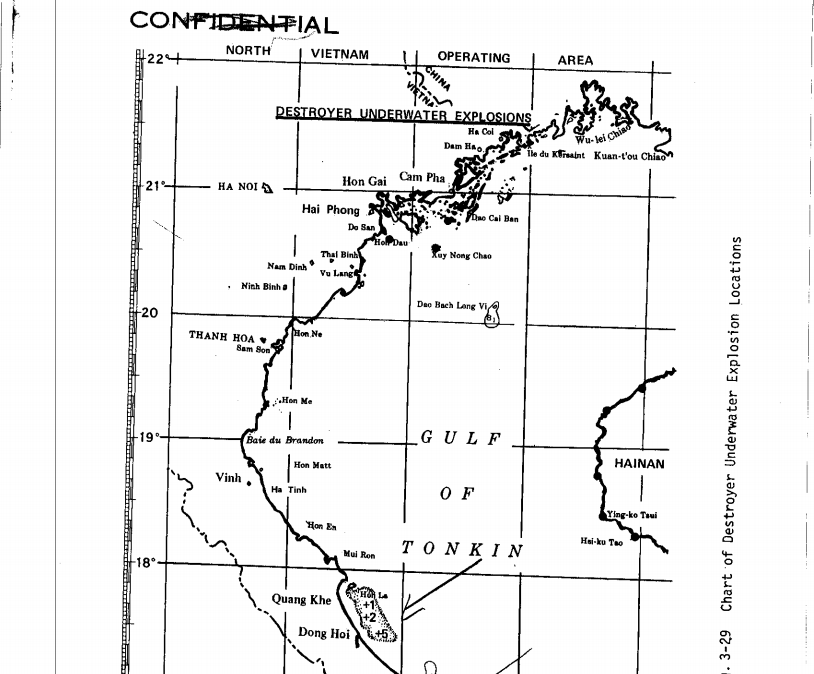Crazy solar storm detonated 25 secret US mines during Vietnam War
Newly released US Navy documents reveal how a massive solar storm triggered 25 sea mines off the coast of Vietnam to detonate at once. The 1972 explosion rocked both Hon La bay and the minds of the servicemen who witnessed it.
One August night in the midst of the Vietnam War, as many as 25 explosions echoed through the air of North Vietnam’s Hon La in the space of 30 seconds. Crew on the US Task Force 77 aircraft flying overhead were baffled as to what was exploding. They could see as many as 30 mud spots in the sea below, further adding to their confusion and “indicating that other possible detonations had occurred,” the newly released report reveals.
#NASA satellite captures footage of one of the most powerful solar flares ever recorded (VIDEO) https://t.co/FmpTQ7eqXPpic.twitter.com/WrCK6bON9k
— RT (@RT_com) September 28, 2017
A number of destructor sea mines had been deployed there earlier in 1972 as part of operation Pocket Money targeting North Vietnamese ports with 11,000 sea mines, but they weren’t due to detonate yet.

The navy began to investigate how so many mines could have detonated en masse a month before they were designed to. Commander in Chief of the US Pacific Fleet Admiral Bernard Clarey raised the idea that solar activity could have been behind the premature detonations. A lot of the mines were designed to go off once they detected changes in pressure, acoustics or the magnetic field triggered by passing ships.
August 1972 just so happened to be a month in which intense solar activity took place. The sun’s solar flares and coronal mass ejections meant radiation was cascading through the solar system.
The effects of solar flares can be felt all the way from Earth, as radio signals and power lines can be disrupted. In 1972, there were recorded instances of power lines going down.
After speaking to space scientists at the Space Environment Laboratory at the National Oceanographic and Atmospheric Administration (NOAA) in Colorado, the Navy concluded there was a “a high degree of probability” that the Destructor mines had been detonated by the August solar storm activity.
Scientists from the University of Colorado have since confirmed this theory after the Navy report was declassified.
Solar storms could be more powerful than previously assumed, could wreak havoc on technology https://t.co/uEViOM3d2Epic.twitter.com/86oQBY5R1d
— RT (@RT_com) October 30, 2015
The solar storm that caused the detonations “deserves a scientific revisit as a grand challenge for the space weather community,” the scientists wrote, “as it provides space‐age terrestrial observations of what was likely a Carrington‐class storm.”
The Carrington event took place in 1859 and was the strongest recorded solar flare to have hit the Earth. It caused telegraph systems to fail across Europe and the US.
Like this story? Share it with a friend!














